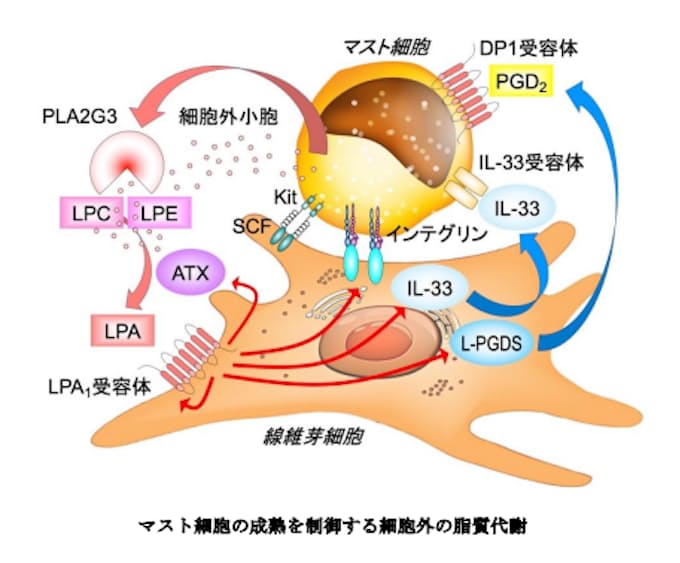2024-07-19 エディンバラ大学
<関連情報>
- https://www.ed.ac.uk/news/2024/adults-face-health-threat-from-lack-of-physical-ac
- https://www.thelancet.com/journals/langlo/article/PIIS2214-109X(24)00150-5/fulltext
2000年から2022年までの成人の身体活動不足の全国的、地域的、世界的傾向:500~700万人が参加した507の人口ベースの調査のプール分析 National, regional, and global trends in insufficient physical activity among adults from 2000 to 2022: a pooled analysis of 507 population-based surveys with 5·7 million participants
Tessa Strain, PhD;Seth Flaxman, PhD;Regina Guthold, PhD;Elizaveta Semenova, PhD;Melanie Cowan, MPH;Leanne M Riley, MSc;et al.
The Lancet Global Health Published:June 25, 2024
DOI:https://doi.org/10.1016/S2214-109X(24)00150-5

Summary
Background
Insufficient physical activity increases the risk of non-communicable diseases, poor physical and cognitive function, weight gain, and mental ill-health. Global prevalence of adult insufficient physical activity was last published for 2016, with limited trend data. We aimed to estimate the prevalence of insufficient physical activity for 197 countries and territories, from 2000 to 2022.
Methods
We collated physical activity reported by adults (aged ≥18 years) in population-based surveys. Insufficient physical activity was defined as not doing 150 minutes of moderate-intensity activity, 75 minutes of vigorous-intensity activity, or an equivalent combination per week. We used a Bayesian hierarchical model to compute estimates of insufficient physical activity by country or territory, year, age, and sex. We assessed whether countries or territories, regions, and the world would meet the global target of a 15% relative reduction of the prevalence of insufficient physical activity by 2030 if 2010–22 trends continue.
Findings
We included 507 surveys across 163 countries and territories. The global age-standardised prevalence of insufficient physical activity was 31·3% (95% uncertainty interval 28·6–34·0) in 2022, an increase from 23·4% (21·1–26·0) in 2000 and 26·4% (24·8–27·9) in 2010. Prevalence was increasing in 103 (52%) of 197 countries and territories and six (67%) of nine regions, and was declining in the remainder. Prevalence was 5 percentage points higher among female (33·8% [29·9–37·7]) than male (28·7% [25·0–32·6]) individuals. Insufficient physical activity increased in people aged 60 years and older in all regions and both sexes, but age patterns differed for those younger than 60 years. If 2010–22 trends continue, the global target of a 15% relative reduction between 2010 and 2030 will not be met (posterior probability <0·01); however, two regions, Oceania and sub-Saharan Africa, were on track with considerable uncertainty (posterior probabilities 0·70–0·74).
Interpretation
Concerted multi-sectoral efforts to reduce insufficient physical activity levels are needed to meet the 2030 target. Physical activity promotion should not exacerbate sex, age, or geographical inequalities.
Funding
Ministry of Public Health, Qatar, and World Health Organization.
Translations
For the Spanish and Portuguese translations of the abstract see Supplementary Materials section.


